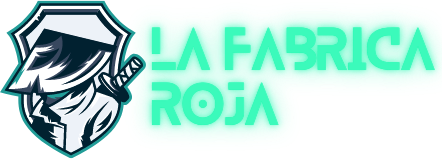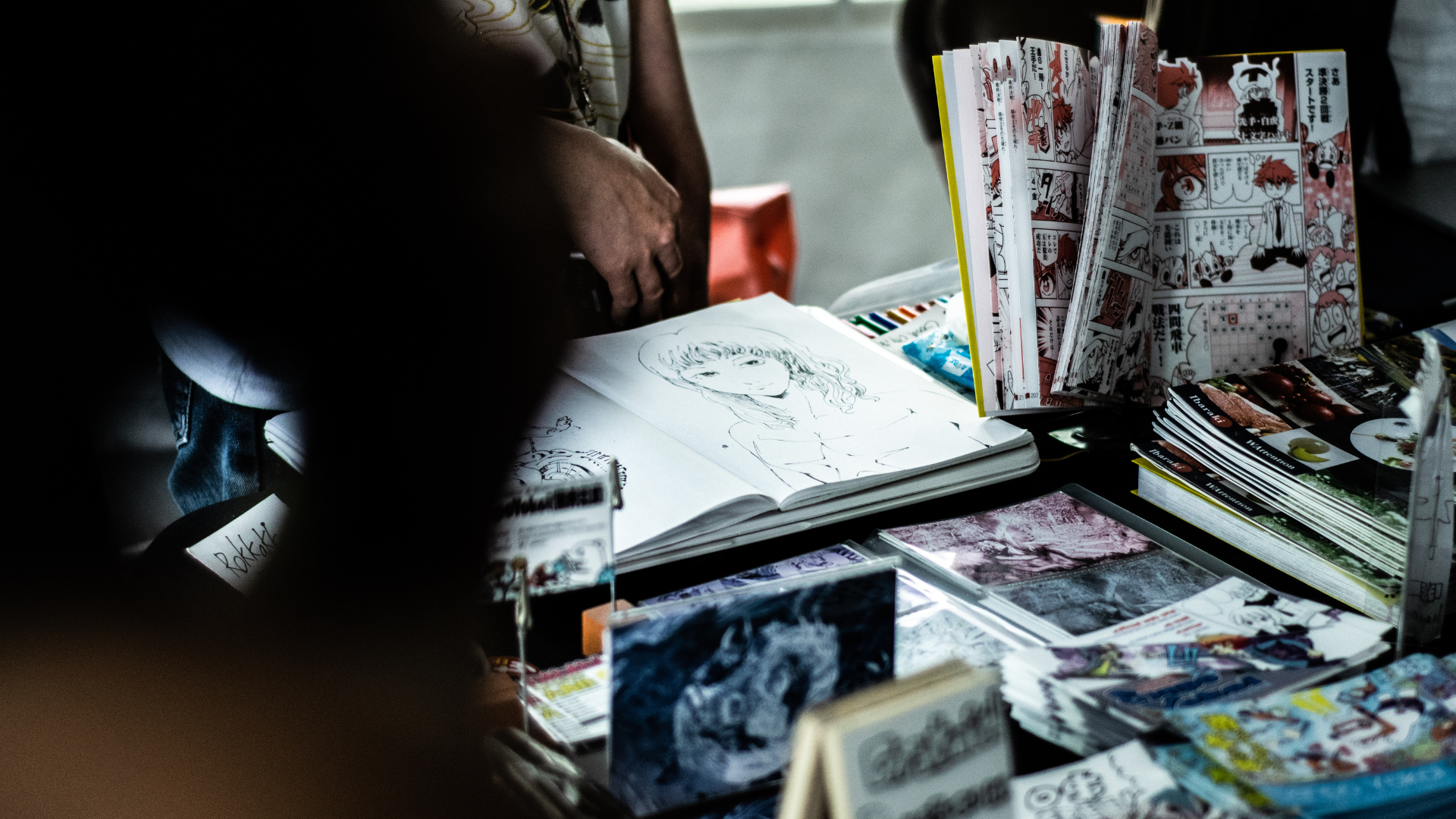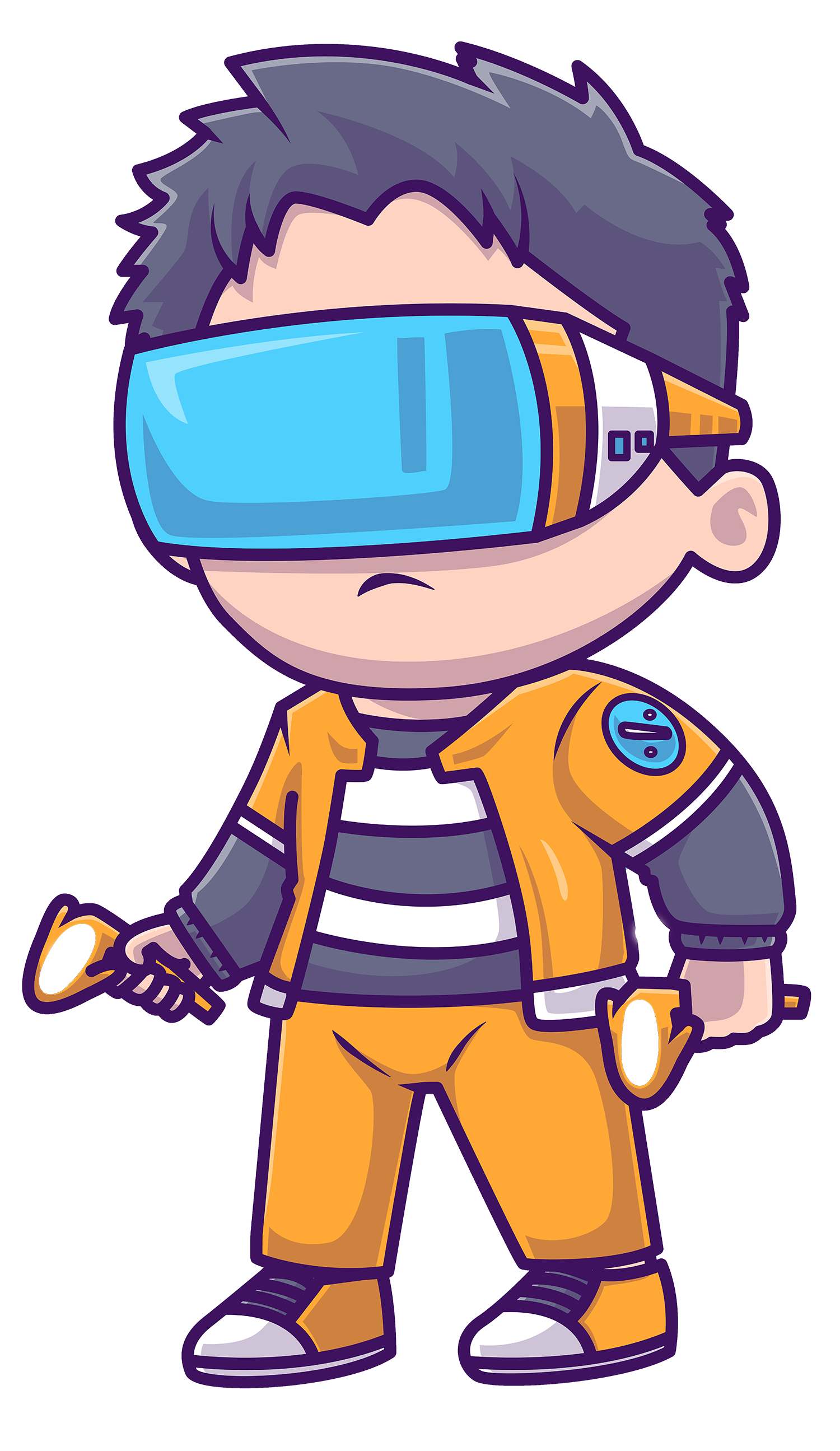Have you ever wished you could draw comic books? Or you’re thinking of creating your own stories, characters, and worlds but just didn’t know how to get started? If so, this comprehensive guide is for you!
What Is a Comic Book?
A comic book is a publication that typically contains sequential artwork in the form of panels that tell a story. Comic books are often published in serialized format, meaning they are released in installments, or issues, over some time. They have been around for centuries, with roots in ancient Japanese scrolls and European tapestries. In the 19th century, American newspapers began publishing comic strips, which were popular features that told stories through images and words. Since then, comic books have become a staple in American pop culture. They have been adapted into movies, television shows, video games, and more. They continue to be published today and are enjoyed by people of all ages.
What Tools Do I Need to Draw Comics?
In order to draw comics, you will need a few key tools. Firstly, you will need quality paper to bring your drawings to life. When it comes to pens, some swear by fountain pens Australia (or made locally), while others prefer brush pens. You may even opt for a simple pencil for sketching. Ultimately, it all comes down to your personal choice and what feels most comfortable for you. Also, you may want a ruler or other straight edge to help with drawing clean lines. Other tools that can be helpful include a light box, which can be used to trace images or patterns, drawing pens or markers for inking your final comic, and Bristol board, which is a type of thick paper ideal for drawing comics on. Of course, you don’t need all of these tools to get started. A pencil or pen and paper are all you need. But as you become more experienced in drawing comics, you may find that adding some or all of these additional tools to your arsenal can help create the best possible results.
How to Create a Character
A well-rounded and believable character is the cornerstone of any good story. In comics, a strong protagonist or antagonist can make or break a title. Creating a believable and compelling character starts with having a clear understanding of who they are.
There are many ways to develop a character’s backstory and personality. Once you have these basics down you can begin to flesh out your character by giving them likes/dislikes, hobbies, fears, strengths/weaknesses, etc. Another way to develop your personality is through physical traits. This can include anything from height and weight to hairstyle and clothing choices. By developing your character’s physical appearance you can help give them more depth and personality.
Panel Layout and Design
There are a few things to keep in mind when laying out and designing your panels. You want to create a clear path for the reader’s eye to follow, and you also want to use space effectively to build a sense of movement and action. Use panel borders to help define the space and keep the reader’s eye moving forward. Overlapping panels can be used to create a sense of depth and movement. Also, you have to think about the order in which you want the reader to see the action taking place. Moreover, remember that you can use panel gutters to control the pacing of the story. Finally, make sure they are evenly spaced and aligned. This will help create a clean and professional look.
Inking and Coloring Techniques
One popular method is called digital inking. This is done using software like Photoshop or Illustrator. This approach has the advantage of being very precise and clean, but it can be time-consuming and requires a bit of practice to get the hang of it. Another popular technique is called traditional inking, which uses actual pens and pencils on paper. This method is quicker than digital inking and doesn’t require any special software, but it can be messier and harder to get consistent results. Finally, there’s also watercolor painting, which as you might guess uses watercolors instead of pens or pencils. This can produce some beautiful results, but it’s also very time-consuming and requires a lot of practice to master.
Finishing Touches and Publishing Your Comic
The final touches on your comic are important, as they will be what the reader sees first. Make sure to go over your work and check for any mistakes. Once you are satisfied, you can then move on to publishing the comic. If you choose to self-publish, you need to make sure that you have a good printer. Second, you need to promote your comic. You can do this by setting up a website or blog and submitting your comic to online directories and forums. If you choose to find a publisher for your comic, you have to ensure that your work is of high quality. Ultimately, you need to be prepared to submit your work to multiple publishers before you find one that is interested in printing your comic.







